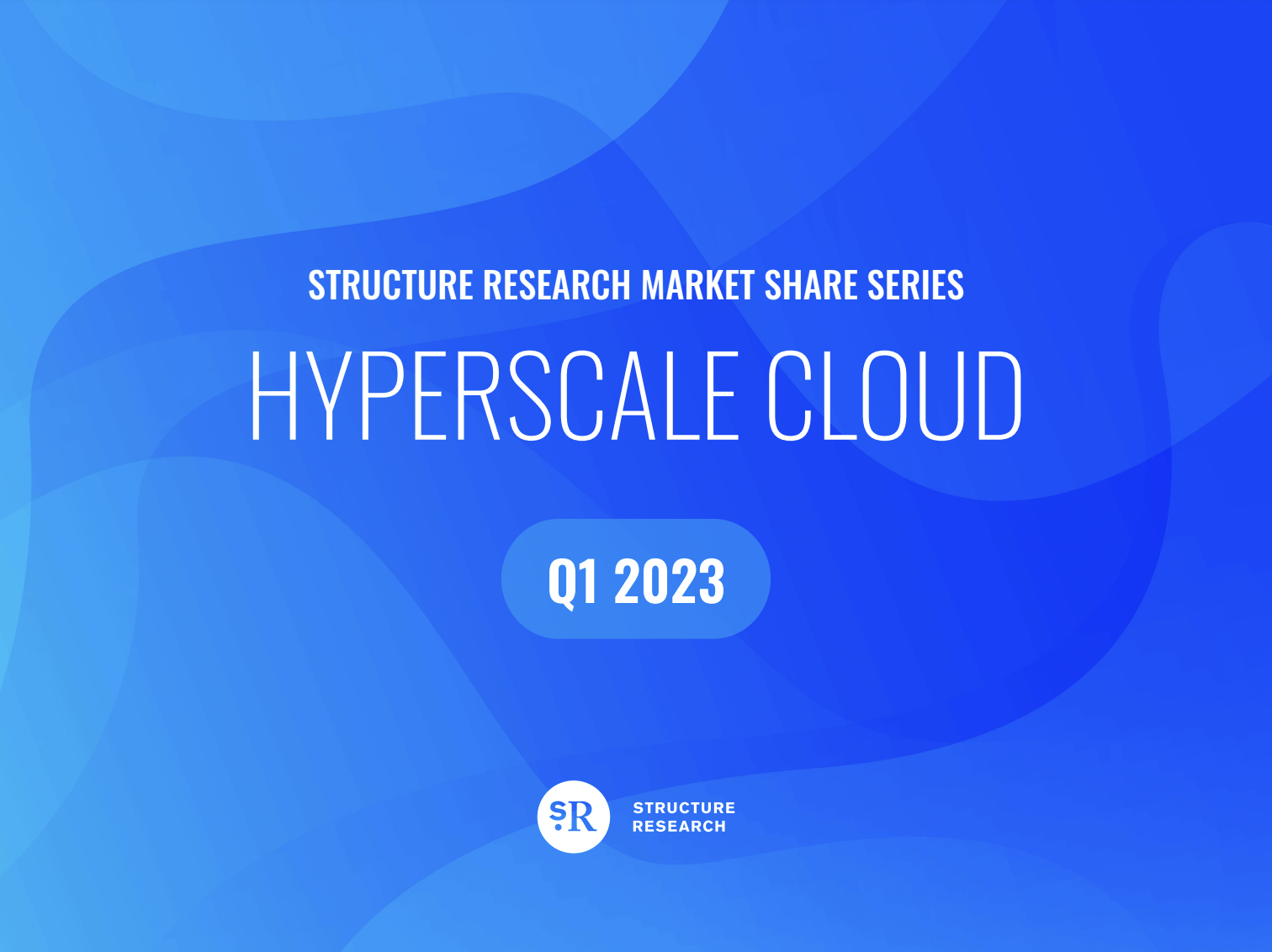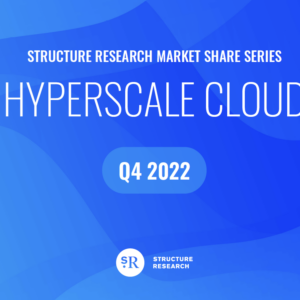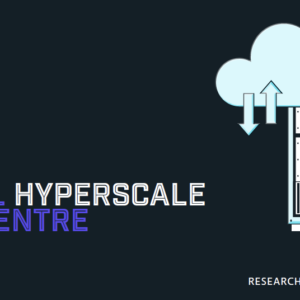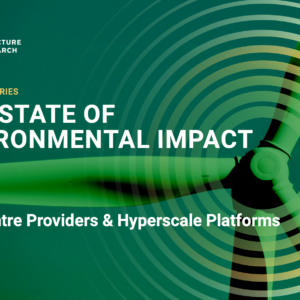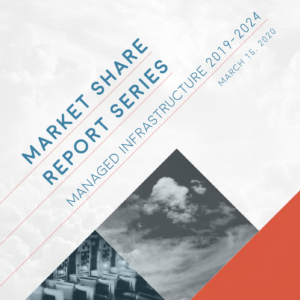Executive Summary
Hyperscale cloud continues to push forward amid strong macroeconomic headwinds, but it has not been immune. Growth across the category has slowed meaningfully and the Chinese clouds, in particular, have experienced significant declines. Growth rates have come down consistently over the last several quarters and the recent quarter was no exception.
A key contributor to the slowdown is the cautiousness exhibited by the broader enterprise market. Weak macroeconomic conditions have stalled and cancelled projects, extended decision-making timelines, shifted priorities and pushed decision-makers to cut costs. Cloud growth levels have taken a hit as a result, but the sector’s fundamentals remain strong. Hyperscale clouds continue to have high renewal rates, low churn and healthy consumption levels when it comes to existing customer expansion in both raw infrastructure expansion and uptake in value-add. Meanwhile, scale is steadily accumulating for hyperscale cloud platforms and driving operating margin even as they aggressively build more inventory to accommodate growth.
The health and direction of the public cloud market will go a long way to determining the fate of the data centre market. The slowing growth in public cloud is impacting the demand profile for colocation and interconnection as projections are now being dialed down and planning horizons, which were often conservative in the past, may now end up being somewhat optimistic. There is also the question of the self-build. Hyperscale data centre self-builds are taking some volume out of the colocation demand pipeline. But in the current environment, there are also good reasons to believe that colocation operators may stand to benefit as the self-build scenario has drawbacks and shortcomings that colocation operators can solve for.
The slowing in hyperscale cloud has to be kept in context. This is a market approaching $200b in market value, and while growth is slowing, it is still exhibiting very healthy positive growth rates. In tougher times, Internet infrastructure always seems to find a way to stay on course, given its strong foundation and inherent stability. The willingness to help customers even if it means less revenue, further reinforces its value proposition. That is what is happening on the ground both from the perspective of cloud end users and the data centre colocation that supports the cloud infrastructure.
Hyperscale cloud continues to face challenges amid a tough macroeconomic environment. Growth decelerated through most of 2022 and that trend has continued early into 2023. The Chinese clouds have not seen the hoped for bump in the post-pandemic environment and are still struggling. Meanwhile, the startup and technology sectors continue to face headwinds and there has been little change in the broader enterprise space. Budgets are tight, decision-making processes are slow and there is widespread caution being demonstrated. Slow economic growth continues to flow through the ecosystem and few if any parts are immune.
Deceleration in cloud growth has directly impacted the health and growth trajectories of data centre operators and MSPs and services providers handling public cloud deployments. Hyperscale data centres are still being built, but the pace has slowed, while options for additional capacity are being turned down or delayed. On the MSP side, the current state of enterprise decision-making is moderating demand and this has negatively impacted the total addressable market.
There have been strategic pivots in response to the current conditions. Data centre operators are zeroing in on efficiency and being able to deploy capital and resources to builds when the demand is there, while planning ahead and trying to think strategically about what their customers are going to do and anticipating accordingly. MSPs are focusing on tools and features to drive value-add and margin, while taking advantage of the current focus on cost optimization to get in front of decision-makers and push the value proposition of working with a third party service provider.
The recent quarter also saw the first signs that a bottom might be close, at least for some of the hyperscale platforms. Oracle Cloud actually showed some growth acceleration in the recent quarter and Microsoft saw more slowing, but is predicting some stabilisation as soon as next quarter. Are there common denominators? There certainly are. Both Microsoft and Oracle have a strong legacy customer base that serves as a steady source of demand. AWS, in contrast, is much more exposed to the volatility of the startup and technology sectors, and does not have a similar legacy base to exploit. But most notably, both Microsoft and Oracle are beneficiaries of the developing momentum coming out of the AI segment. Oracle Cloud closed a significant book of business from AI startups in the recent quarter and Microsoft is driving value from its OpenAI investment.
This report provides comprehensive growth rate projections and total revenue estimates for the world’s seven hyperscale cloud platforms on a five-year basis. Included are geographic splits and a total market summation. This latest version also features a refresh of our hyperscale cloud region and interconnection node tracking. Hyperscale cloud is projected to reach ~$535b in value in 2028, with a five-year CAGR of ~23.6%. The sector reached an inflection point and the five-year CAGR is expected to fall in this range for the foreseeable future.


